| Sharp increase, Arabica coffee export price reaches highest level since mid-June 2023 Improving processing capacity, increasing value for coffee exports |
According to the Vietnam Commodity Exchange (MXV), at the end of the trading week of November 6-12, green dominated the price list of industrial raw materials. In particular, coffee prices increased by 2.11% for Arabica contracts in December 2023 and 2.07% for Robusta contracts in January 2024. This is the highest price in the past 5 months.
Short-term supply tightness, with the lowest Intercontinental Exchange (ICE) Arabica inventories in over 24 years, supported prices, while the prospect of new crop supply in Vietnam helped to cool prices.
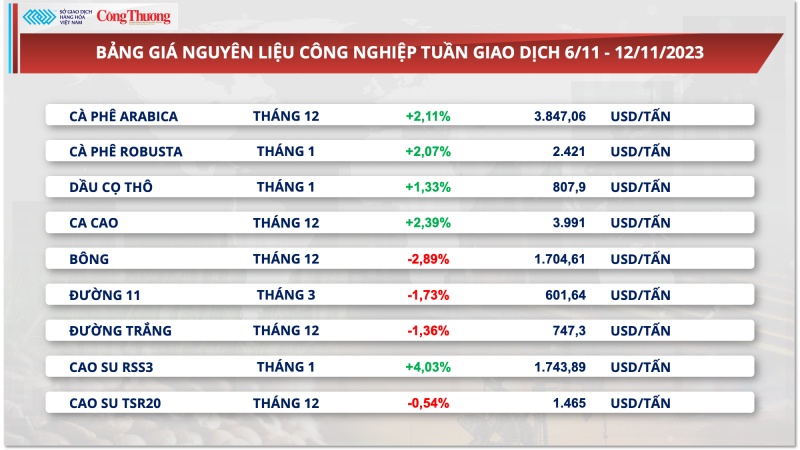 |
Last week, ICE-US certified Arabica inventories fell by 57,774 60-kg bags, a record one-week decline, bringing the current total to 302,235 bags. This is the lowest certified inventory level recorded since mid-April 1999.
However, the stable coffee harvest in Vietnam has raised expectations of new crop supply soon to the market. This has eased concerns about previously low export levels and contributed to stabilizing inventories on the ICE-EU exchange, which are hovering around 40,000 tons.
In the domestic market, coffee prices are stable at a fairly high level. Currently, the average coffee price in the Central Highlands provinces is about 58,100 VND/kg, the highest purchase price is 58,300 VND/kg. The Vietnam Coffee and Cocoa Association forecasts that the 2023-2024 coffee crop will be harvested later than the previous crop. Some localities such as Gia Lai, Kon Tum , Son La have harvested coffee earlier in late October, early November and will harvest at the end of December 2023.
The Vietnam Coffee - Cocoa Association informed that in the 2022-2023 crop year (October 2022 to September 2023), there will be more difficulties than advantages. However, with the dynamism and efforts of farmers and the business community, Vietnam's coffee export results will reach 4.08 billion USD, the highest in the history of coffee exports.
In terms of consumption markets, the EU remains Vietnam's largest coffee export market in the 2022-2023 crop year with a volume of 615,364 tons, worth more than 1.4 billion USD, down 7.1% in volume and 0.3% in value compared to the previous crop year. In the EU, coffee exports to Germany reached 203,317 tons (down 5.9%), Italy reached 146,684 tons (up 6%), Spain and Belgium decreased by 13.1% and 42.7% respectively.
The EU market accounts for an average of 39.3% (in volume) and 37.6% (in value) of Vietnam's total coffee exports. With such export volume, Vietnam is the second largest non-bloc coffee supplier to the EU, second only to Brazil.
However, recent forecasts suggest that to “restrain” the decline in exports and maintain Vietnam’s coffee export market share in the EU market in the coming time will face great challenges. Especially from January 1, 2024, when businesses exporting coffee to the EU market, they will not only stop at environmental regulations but also have additional regulations on labor.
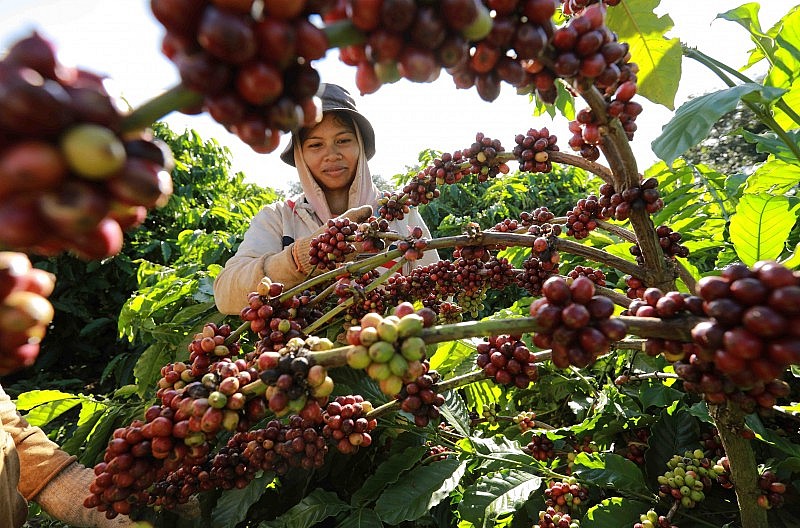 |
| Coffee exports aim for sustainability associated with green growth and environmental protection (Photo: VNA) |
To develop sustainable coffee associated with green growth, environmental protection, nature protection, and minimizing the impact of climate change, there must be a specific action program and synchronous coordination between ministries, branches, state management agencies, localities, international organizations and businesses.
First, the coffee industry must have an action plan to adapt to the recently issued EU Deforestation and Forest Degradation Regulation (EUDR), the Carbon Border Adjustment Mechanism (CBAM) and the European Union (EU) carbon certification. In particular, the EUDR stipulates that coffee and cocoa cannot be imported into the EU if they are grown on deforested land (taking the reference date from December 31, 2020 to present).
According to the Vietnam Trade Office in Belgium, coffee exporters need to apply digital technology to implement the EU Anti-Deforestation Regulation in the coffee industry. Accordingly, data collection is necessary at every stage of the supply chain if Vietnamese coffee producers and exporters want to maintain operations in the EU market.
However, the biggest challenge that the Vietnamese coffee industry is currently facing is that there is no database to trace the origin of coffee to the garden. Meanwhile, the EUDR requires 100% of some Vietnamese agricultural products, especially coffee entering Europe, to have location information (GPS) to each garden, based on which the risk of deforestation is confirmed by remote sensing monitoring systems.
Source link


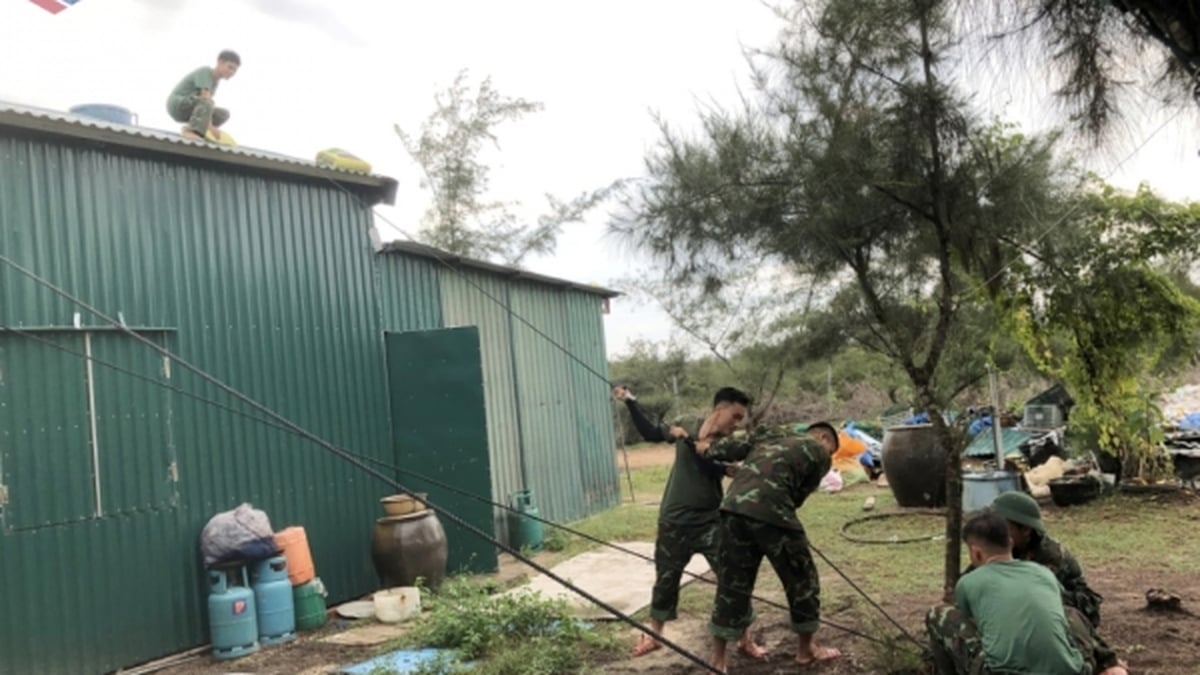
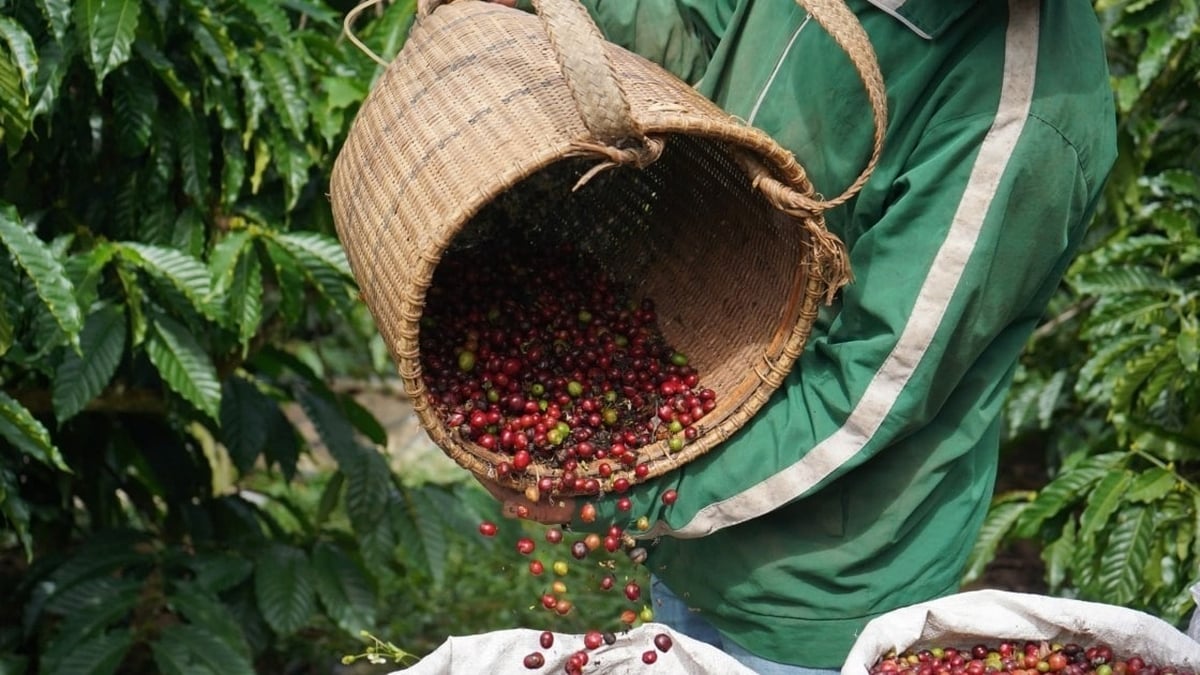

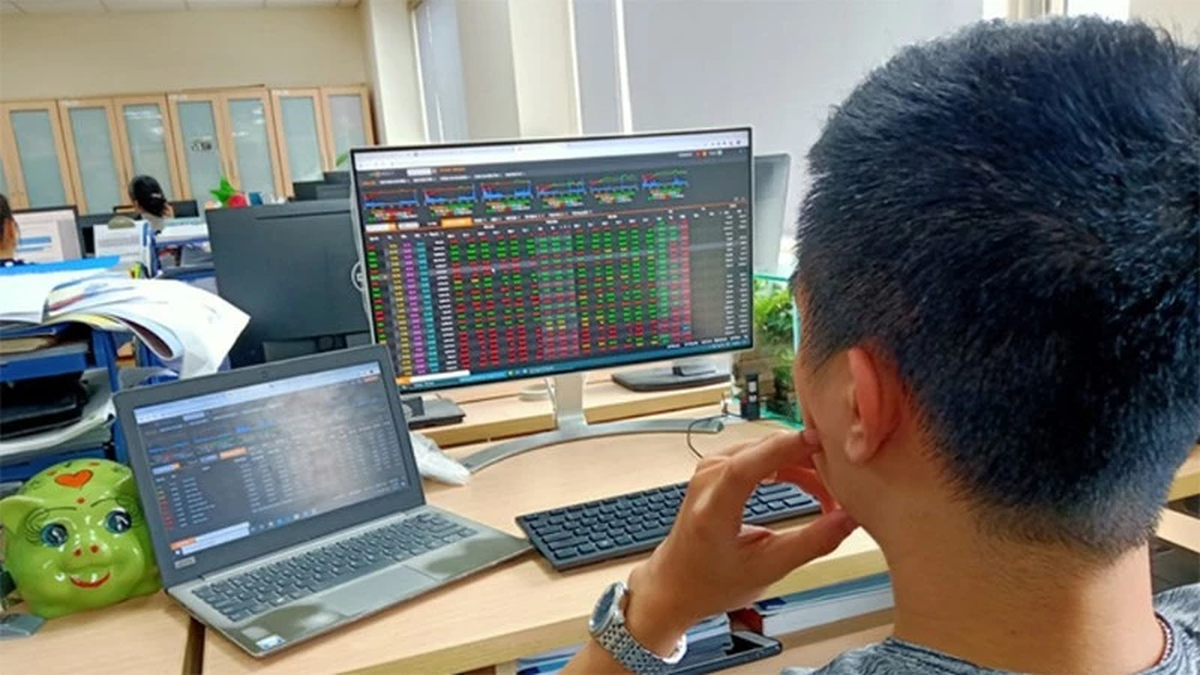



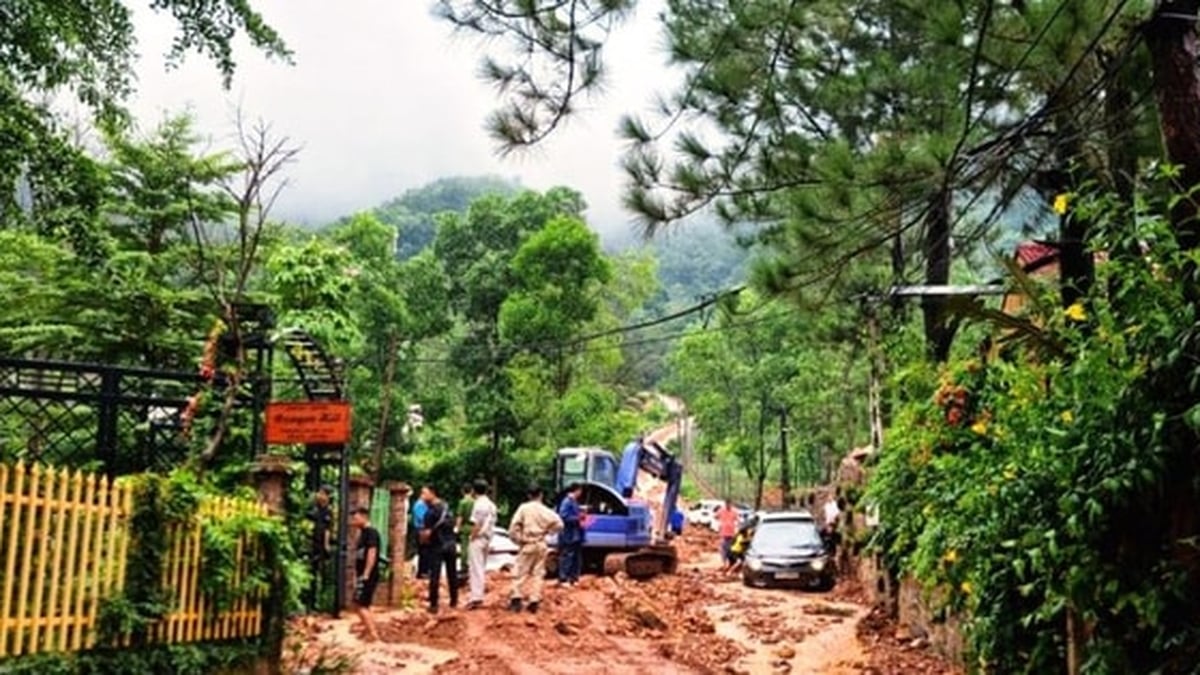



















![[Photo] National Assembly Chairman Tran Thanh Man visits Vietnamese Heroic Mother Ta Thi Tran](https://vphoto.vietnam.vn/thumb/1200x675/vietnam/resource/IMAGE/2025/7/20/765c0bd057dd44ad83ab89fe0255b783)









































































Comment (0)